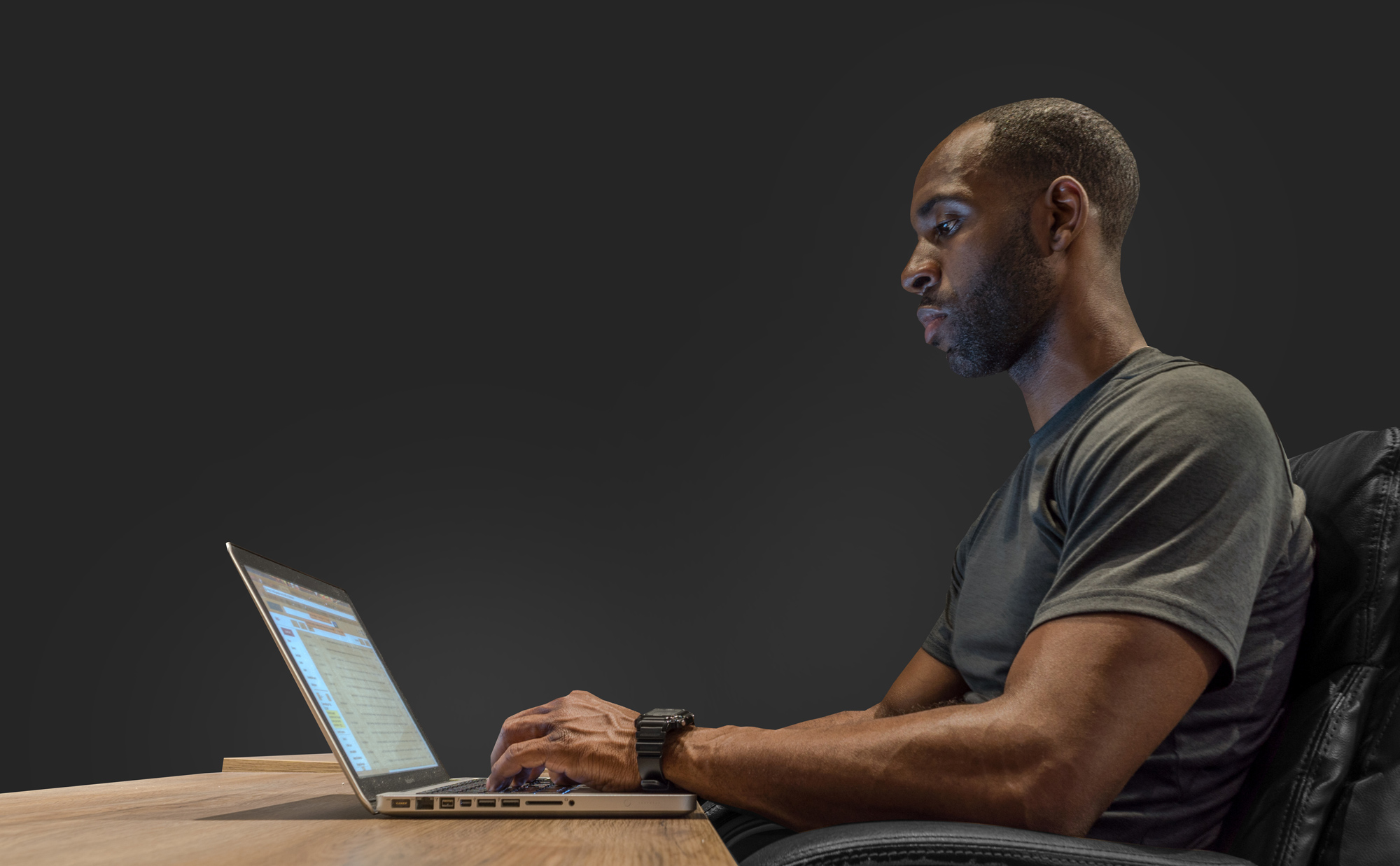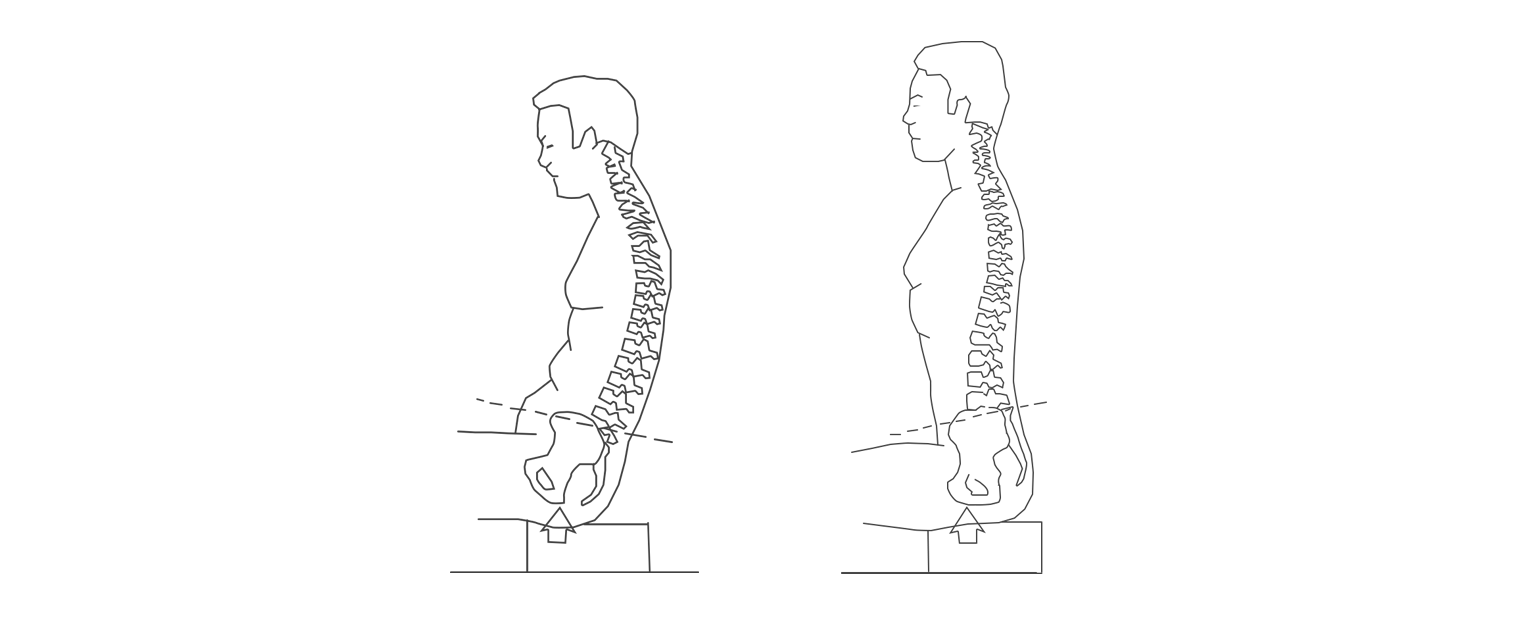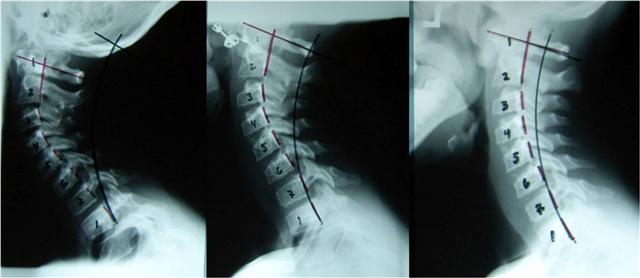Prevent Text Neck Pain With These Three Exercises
Text neck, or what is otherwise also known as “tech neck,” is a catchy term coined to describe forward head posture after hours glued to your phone, laptop, or TV.
Text neck may lead to stiffness, and dull pain either felt at the top of the neck or the lower neck close to the shoulders. For some people, the sustained tension in their neck can lead to cervicogenic headaches, or what is commonly known as tension headaches.People’s resting postures where their head is forward, rounded upper, or rounded shoulders are just a few of the symptoms that lead to text neck. The longer you have forward head posture, the more force gets placed on the neck. Without proper prevention, this feeling of discomfort or tightness may eventually lead to other issues like nerve irritations, headaches, thoracic outlet syndrome, or disc bulges.
To help defend your body from neck pain, try these three exercises.
Seated Chin Tucks
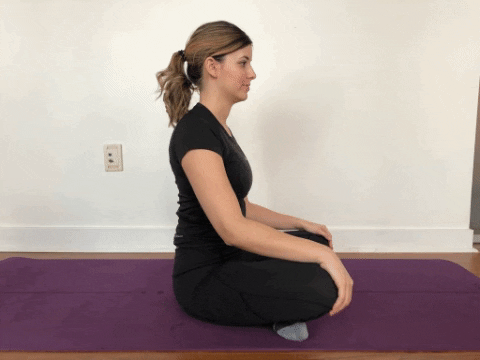
Start position Bring your hand behind your head and tuck in your chin. Press the back of your head into your hands, while looking straight ahead.
End position After 5 seconds, release the tucked chin position.You should feel a stretch at the top of your neck and a slight contraction on the front of your neck.
Complete 8 x, every 30 minutes.
Chin Tuck and Wall Angels
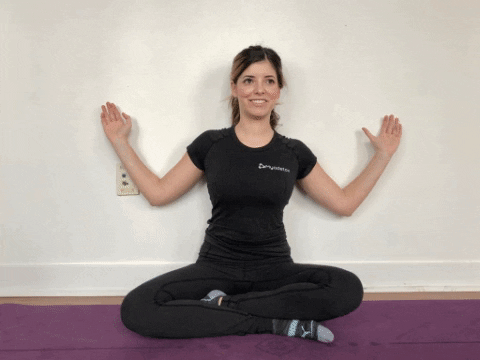
Start position Lean against a wall, either standing or seated and begin to tuck your chin. Bring your arms up into shoulder height with your elbows bent at a 90-degree angle.
End position Slide the arms up and down the wall in a snow angel position, and maintain the chin tuck throughout. It’s essential to try to keep the backside of the forearm against the wall during this movement (if you can’t, that’s okay go as for back as you can).
You should feel a slight stretch on the back of the neck, a stretch in your chest and a slight contraction at the back of your shoulders. If your shoulders are tight this will feel like a bit of work on the front of the shoulders
Complete 8-10 reps, every 1-2 hours.
Thoracic Spine Extension
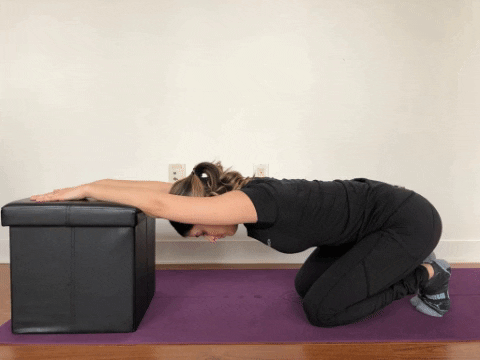
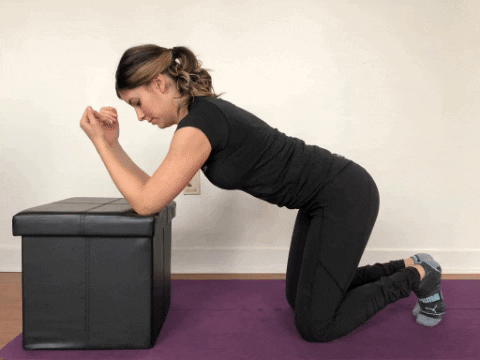
Start position You can use the side of your couch, bed, or desk/table. With either your elbows bent or arms straight (whichever is most comfortable), slowly bring your chest down and your head through your arms.
End position Now begin to round your spine as high up as you can. Repeat and continue this movement through your upper back.
You should feel a stretch in your upper back between your shoulder blades and in your armpits.
Complete 10 reps, every 1-2 hours.













